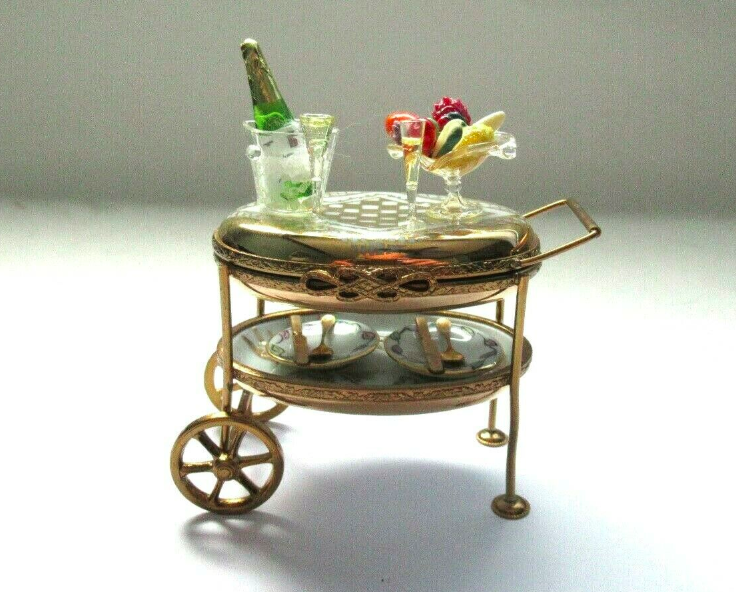
Keeper of blushing secrets to tobacco snuff, pins & needles to pills, the Limoges trinket box is one of France’s greatest feats of craftsmanship. The rise of Limoges porcelain traces back to a time of bygone luxury in France and its story spans across centuries. Amongst the beautiful plates, terrines, and saucers that came out of one small town in central France, these trinket boxes emerged as its most whimsical asset. Prepare to be seduced by the unbearable charm of a miniature bar cart to store precious jewellery or a fortune teller’s hand for your baby teeth – these miniature trinket boxes are our collector’s item du jour.
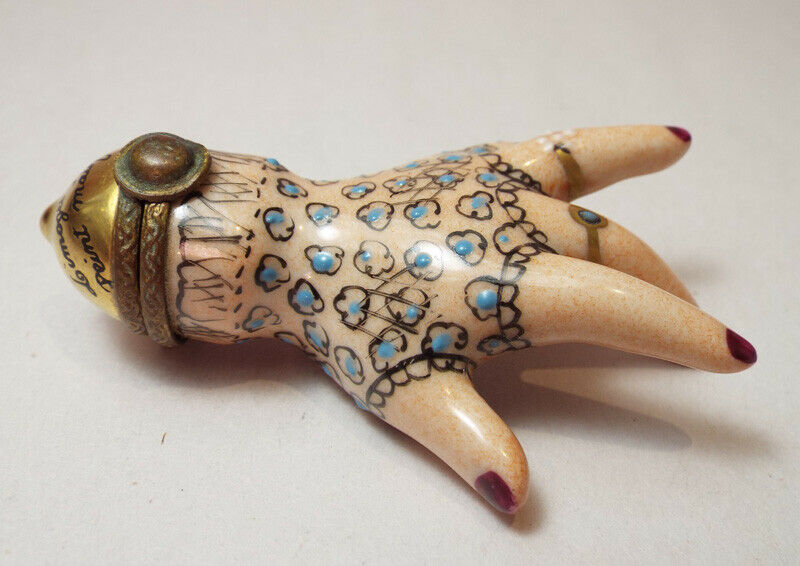
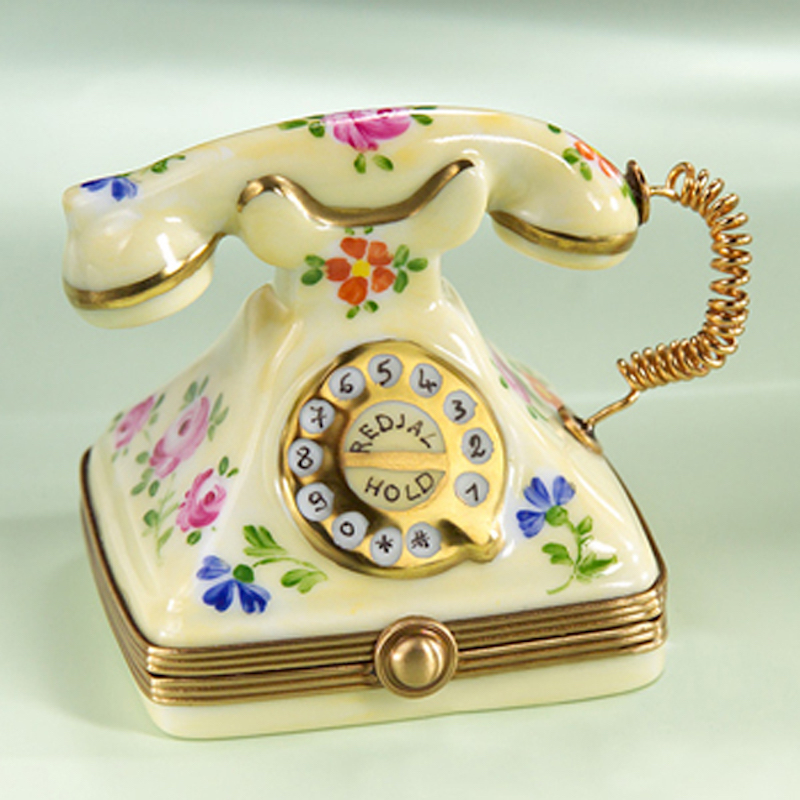
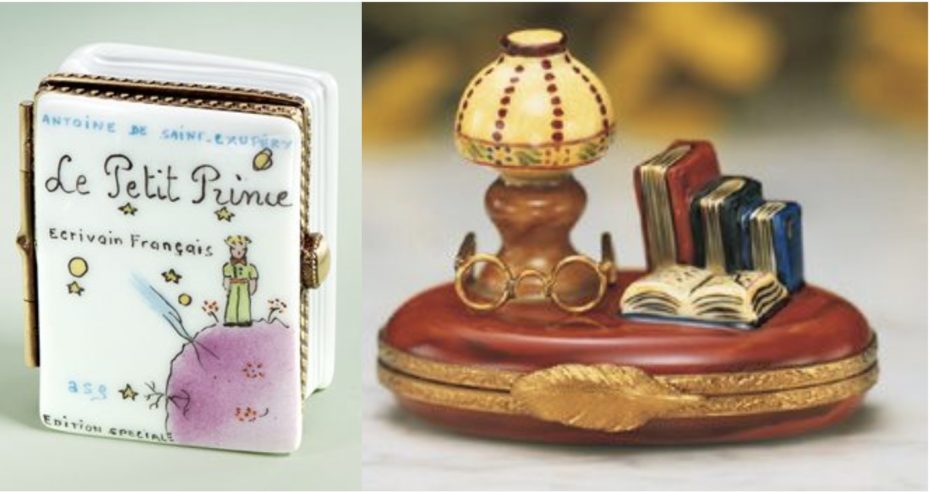

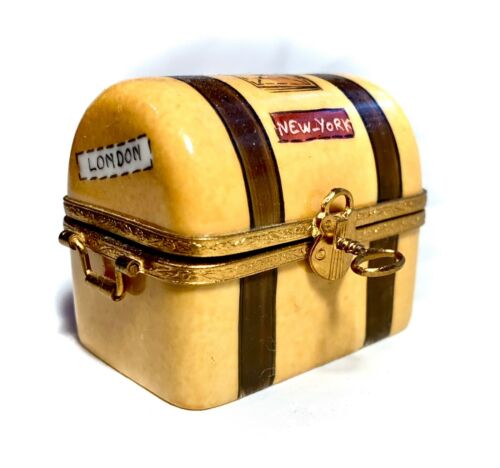
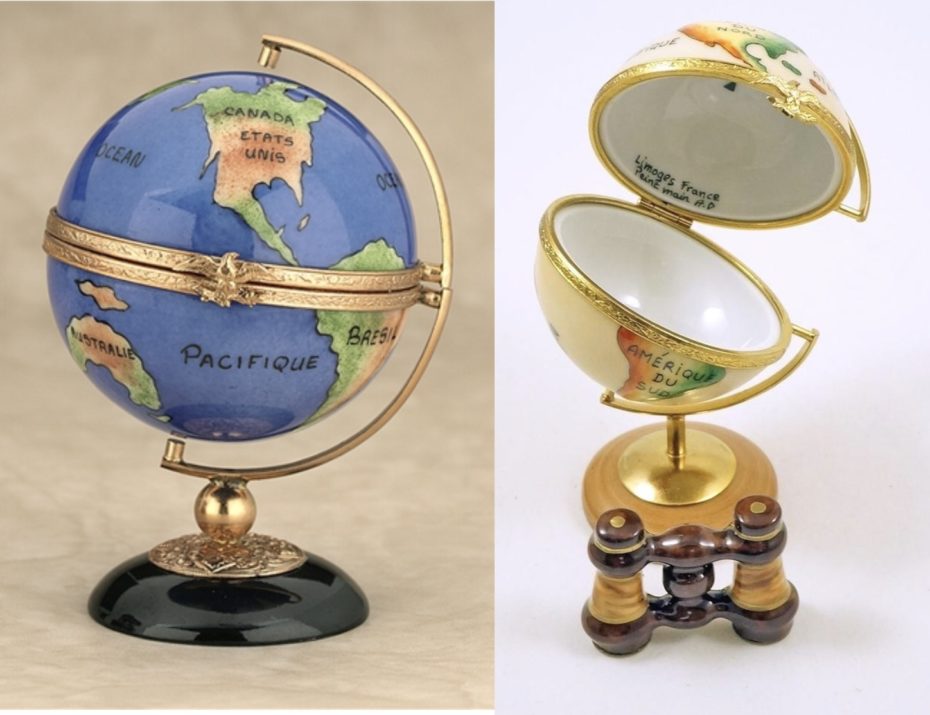
Snuffboxes reflected the art and craft of the painter of miniatures, the enameller, the jeweller, and the goldsmith and silversmith. The practice of sniffing or inhaling a pinch of snuff was common in England around the 17th century; and when, in the 18th century, it became widespread in other countries as well, the demand for decorated snuffboxes, considered valuable gifts, increased. Snuff eventually went out of fashion around the time of the French Revolution but putting pills in Limoges boxes became popular.
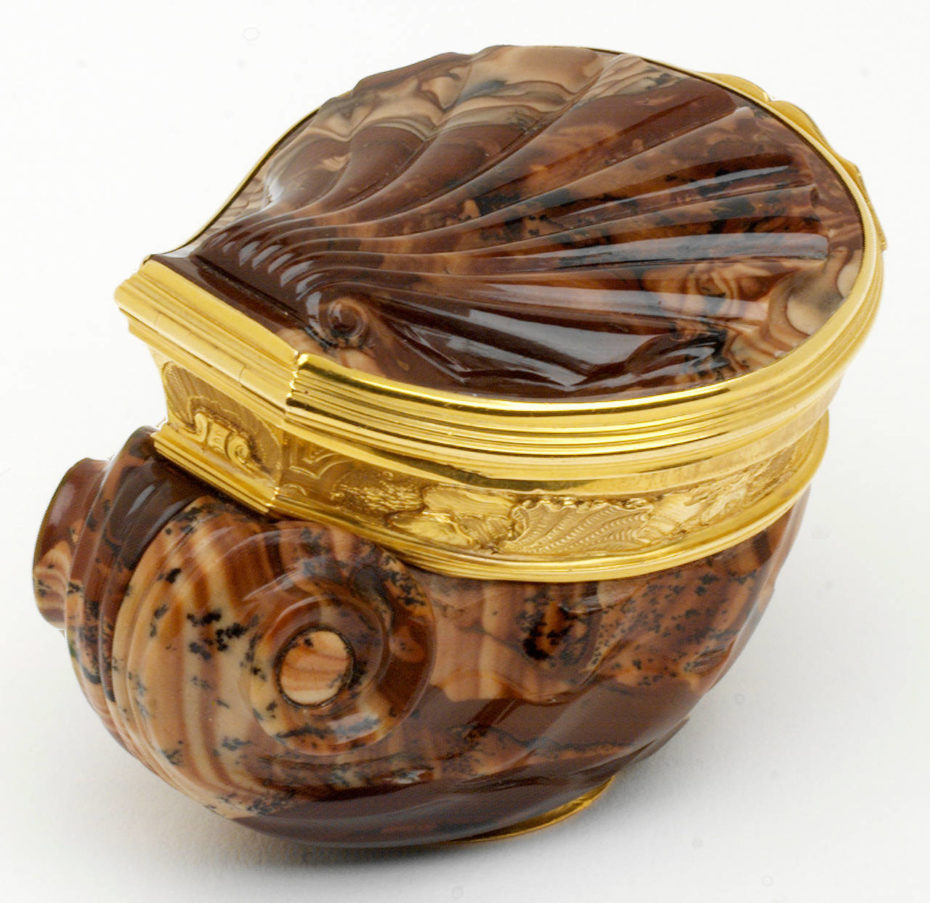
Some were small enough to fit in a waistcoat pocket, and others were larger; all gave 18th-century craftsmen an opportunity to execute rich and elaborate designs. Napoleon I was one of the great snuffbox collectors, he had about 100 gold portrait boxes made as tokens of appreciation from his political supporters.
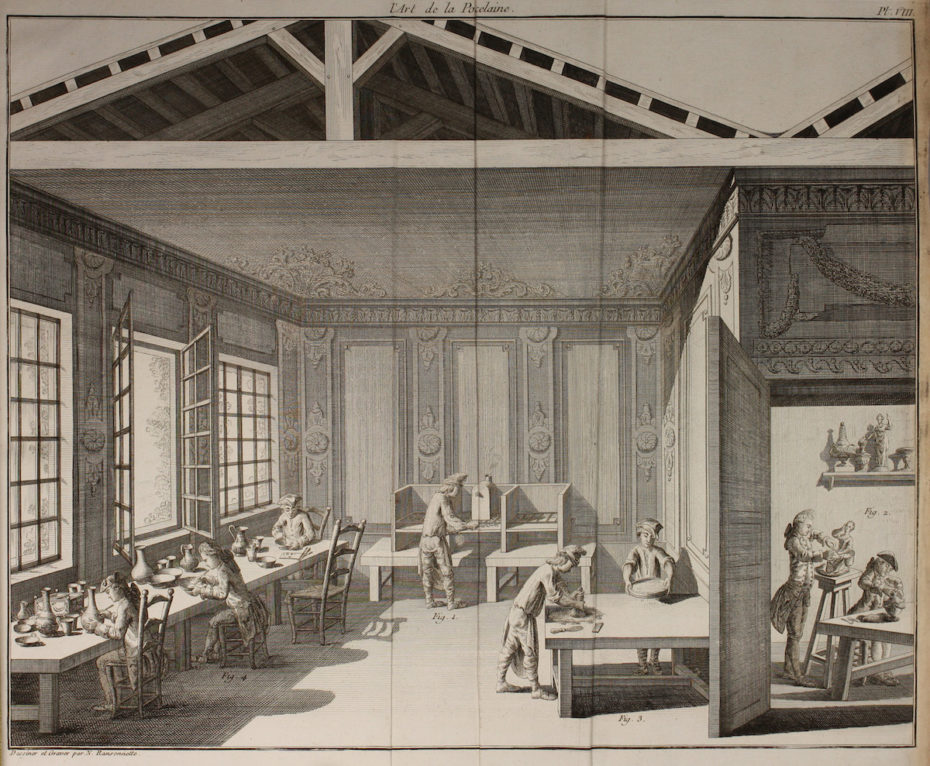
Limoges is a little town in Nouvelle-Aquitaine, about a five hour drive south of Paris. The porcelain trinket boxes were first made to hide sewing accoutrements in style, and became more and more embellished in the 1700s. Then, King Louis XIV gave the city an official edict to be the only producer of royal porcelain, not only giving Limoges’ dozens of producers a lot of clout, but also a lot of encouragement to make their craft as fanciful as possible.
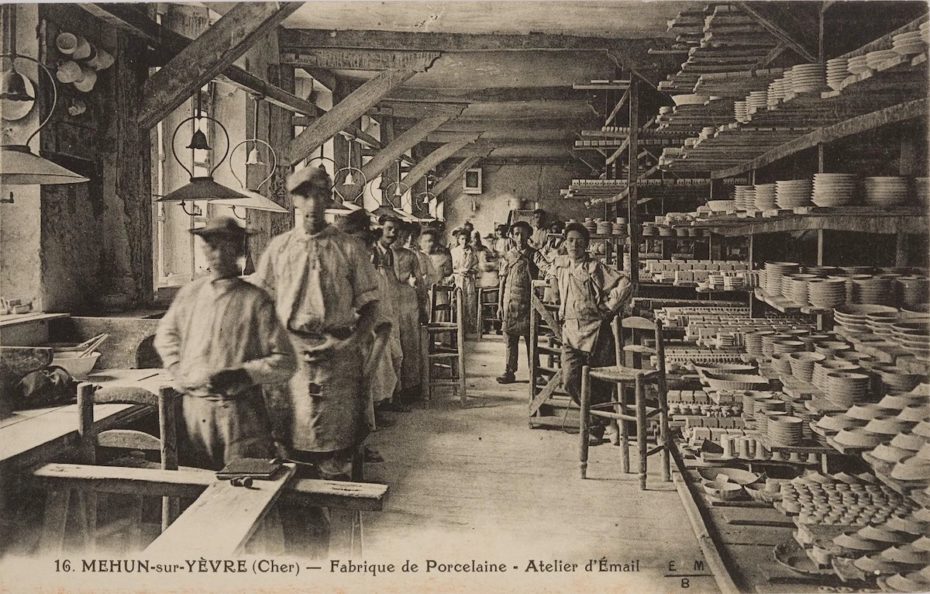
This wasn’t just a labour of craftsmanship, but glory. Opus de Limogia, as they called it. The boxes became popular vessels for poems, or the lock of a loved ones hair; notes, drugs, secrets, you name it…
Alas, Limoges porcelain might not exist if it weren’t for one French housewife. In the 18th century, a chemist’s wife in Marcognac accidentally discovered “kaolin,” the soft white clay that gives Limoges porcelain its earthenware-like quality. Initially, chemists started using it in soaps as an exfoliant. Then, they realised this was kind of like the secret ingredient of China’s ceramics – which were regarded as the best in the world. So this was France’s chance to shine.
It should be noted that there was never a single producer of Limoges ceramics – there were dozens. It was basically a city of potters, matched only by Sèvres, a suburb of Paris that produced (and still does) top-notch ceramics – but even then, Limoges became thee go-to for the King. According to ceramic expert Paul Kennedy’s guide, “Limoges flooded the marketplace” in the late 1700s, with over 8,000 workers employed at the trade’s peak in 1900.
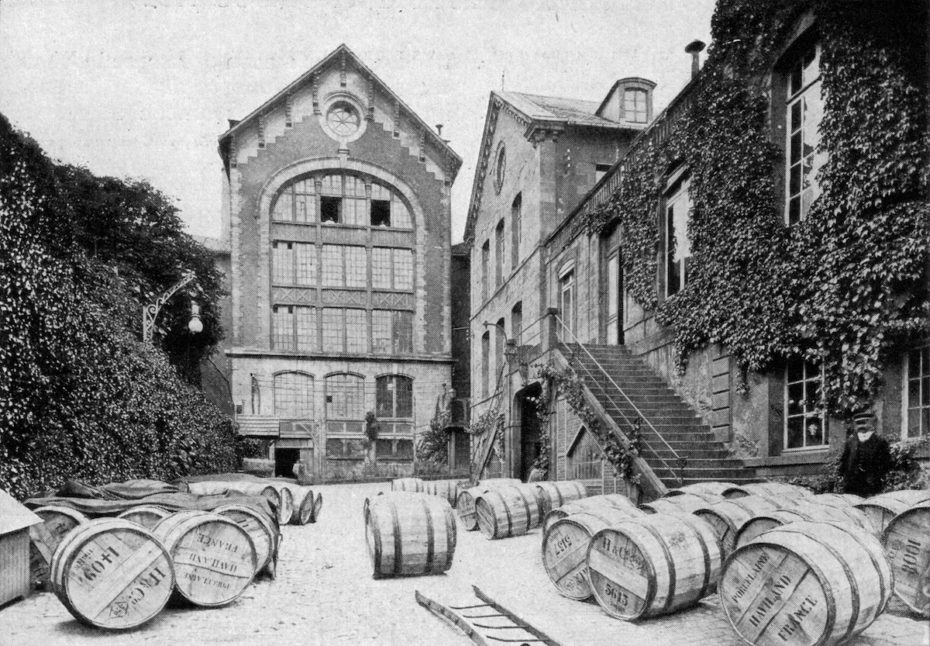
In light of the French Revolution, a few private ateliers were established, like Bernardaud and the renowned Haviland & Co, but workers strikes against inhumane conditions led to “the porcelain revolt” of 1905.

During the Victorian era the Limoges boxes lost popularity and the stock market crash of 1929 was not only a major blow to the trade, but indicative of a bigger cultural shift. Mass production means were growing. Department stores were thriving. Accessible luxury – a stinging oxymoron for aristocrats – was arriving.
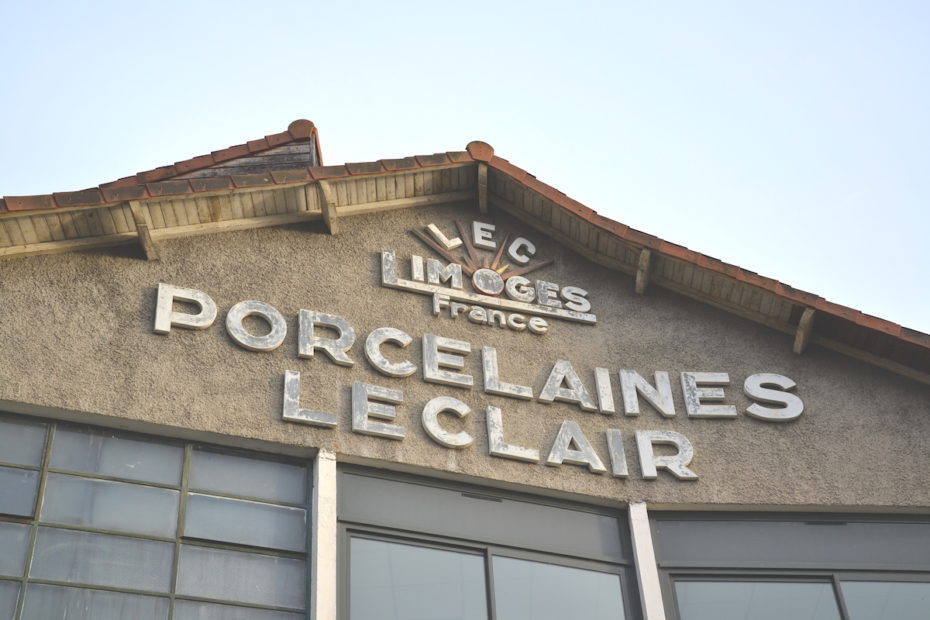
In the 1970s, aka, the golden age of kitsch, Limoges porcelain boxes found a new appreciation and once again, they became popularly used as pillboxes.
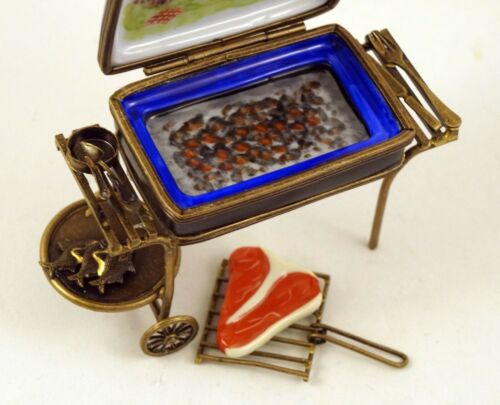
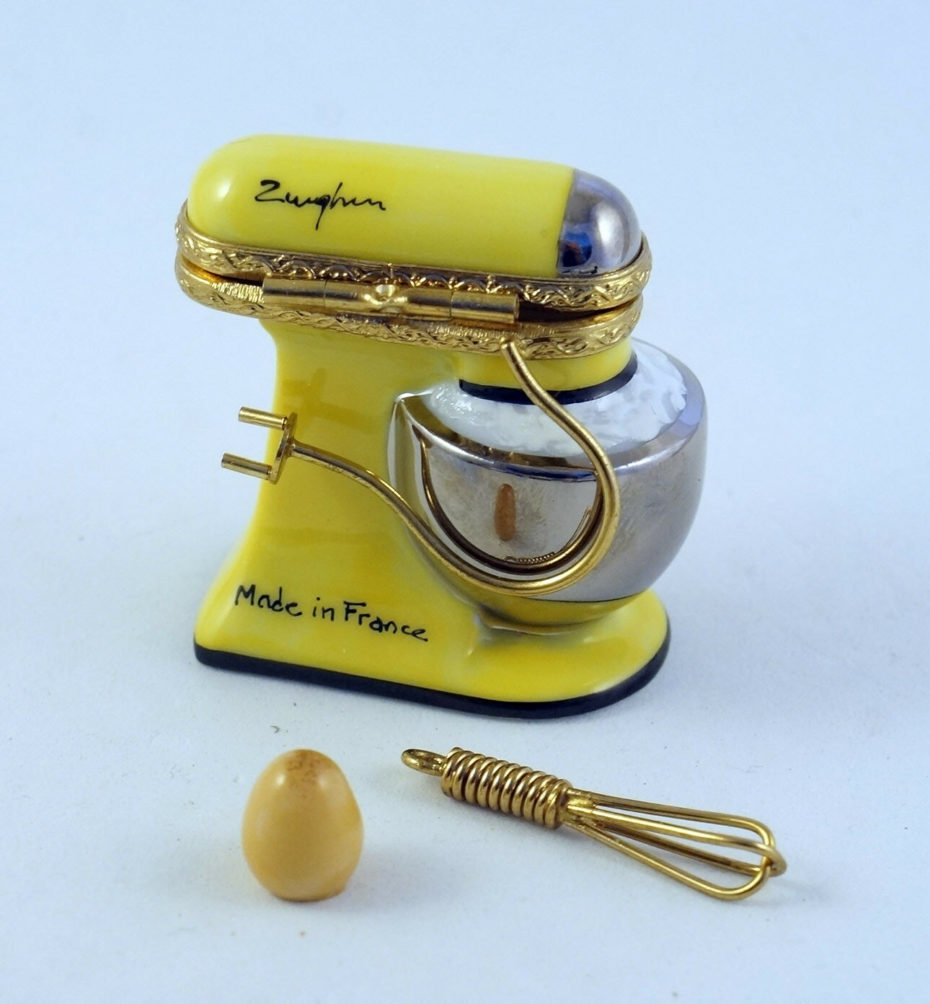
Today, the little Limoges trinket boxes remain one of the best ways to get your feet wet in ceramic collecting. Boxes can fetch up to a few hundreds dollars, while rarer and older boxes can cost into the thousands.
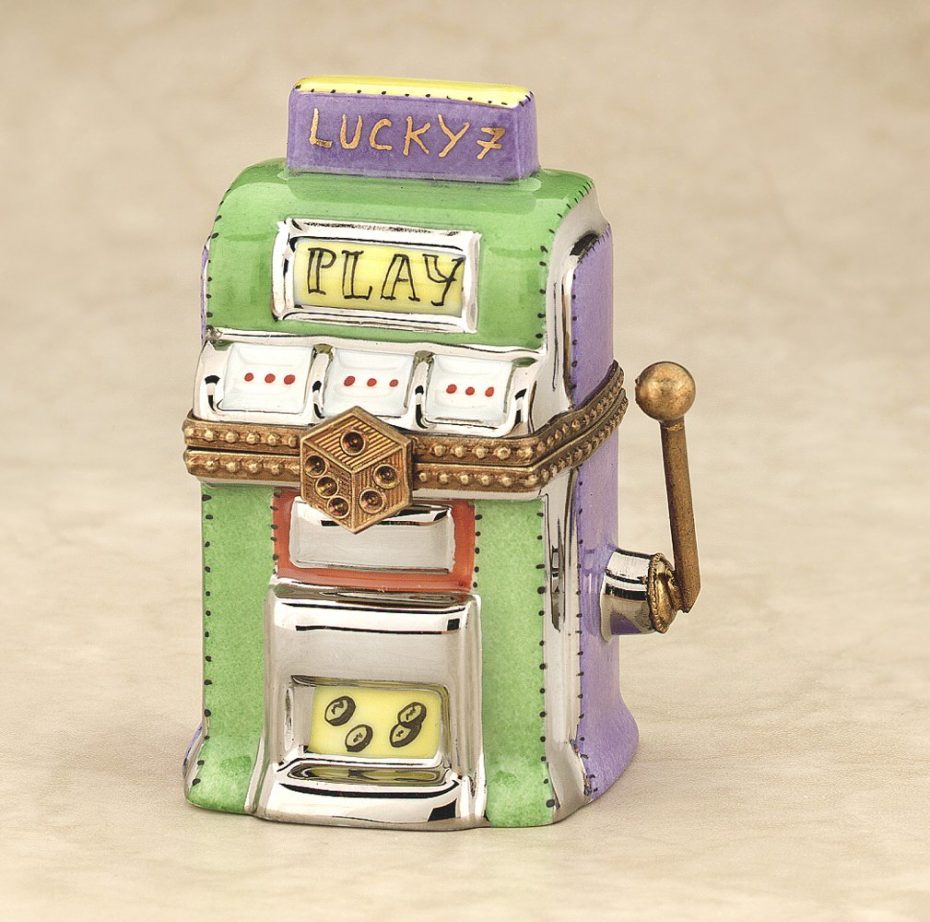
The ceramic counterfeiting game also got pretty spicy. In 2010, a group called the “Elysee Dining Company” made headlines after scamming people with cold call offers of 60-piece Limoges sets, at a price too good to be true.
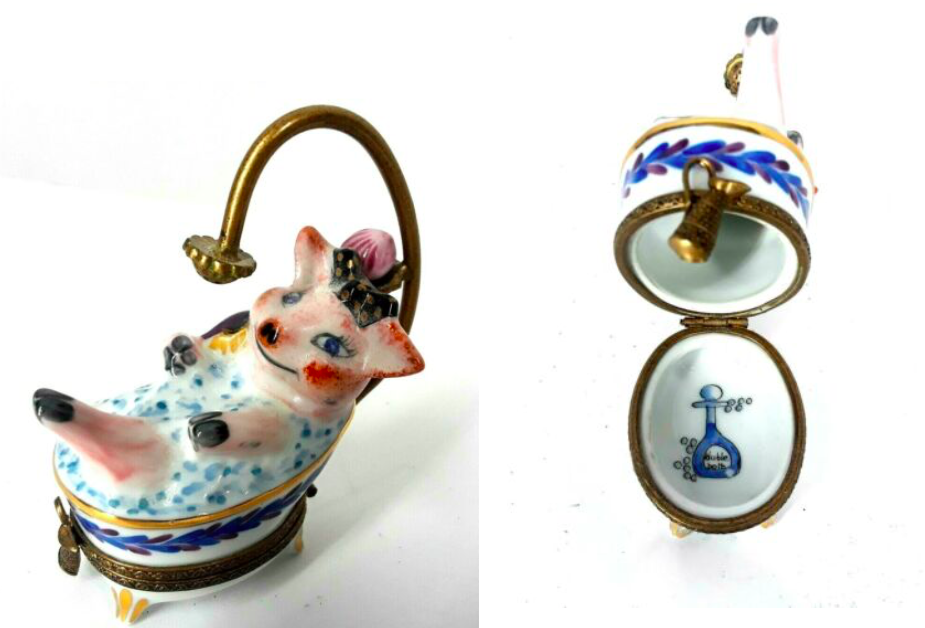
The creation of a true Limoges Porcelain box is an arduous and time intensive process. The painting is accomplished by expert small-handed French artisans who have mastered fine brush strokes. Each model is often made in very limited numbers and signed by the artists or the atelier.
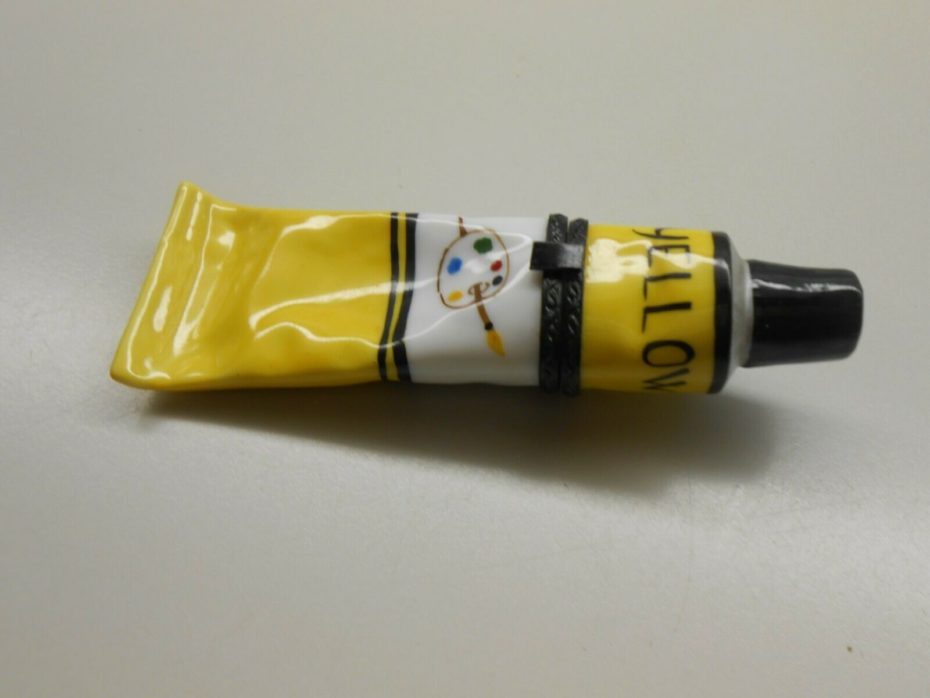
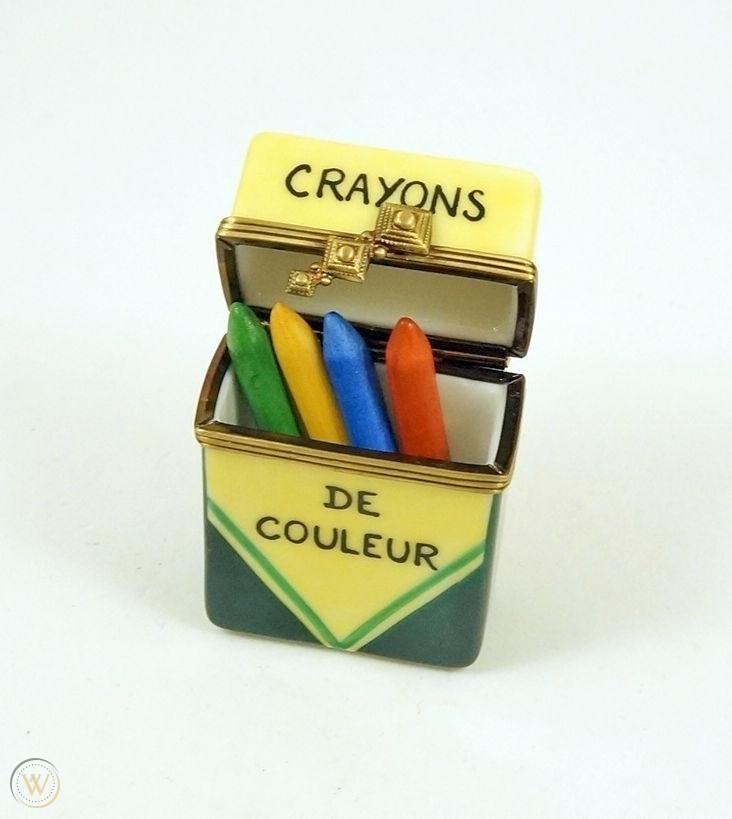
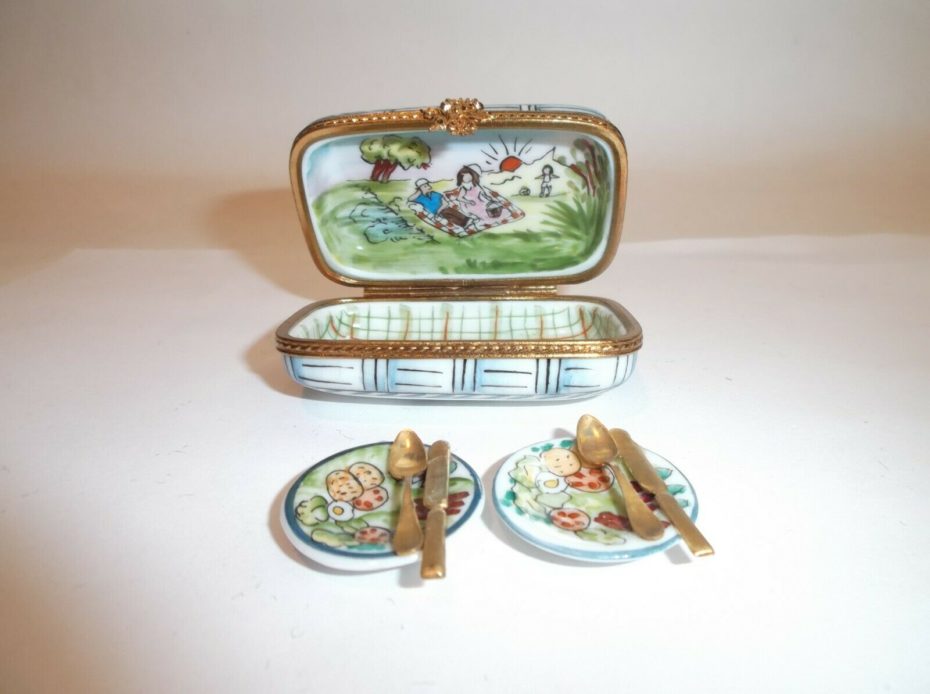
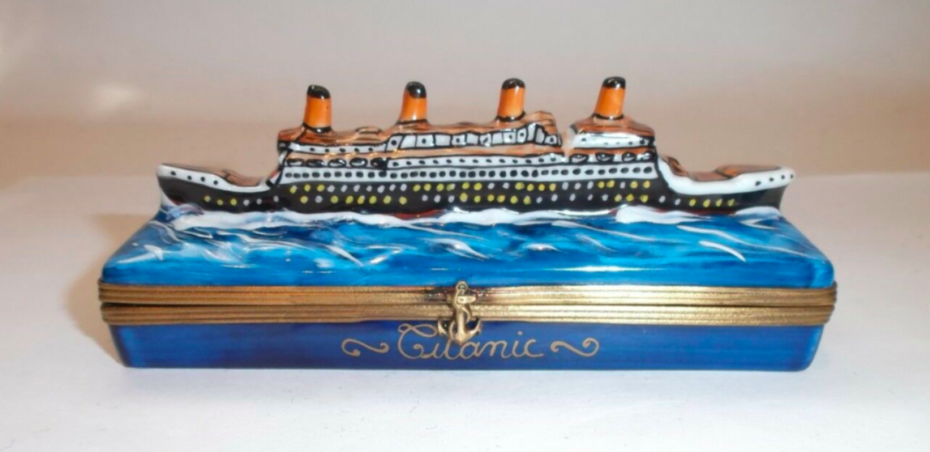
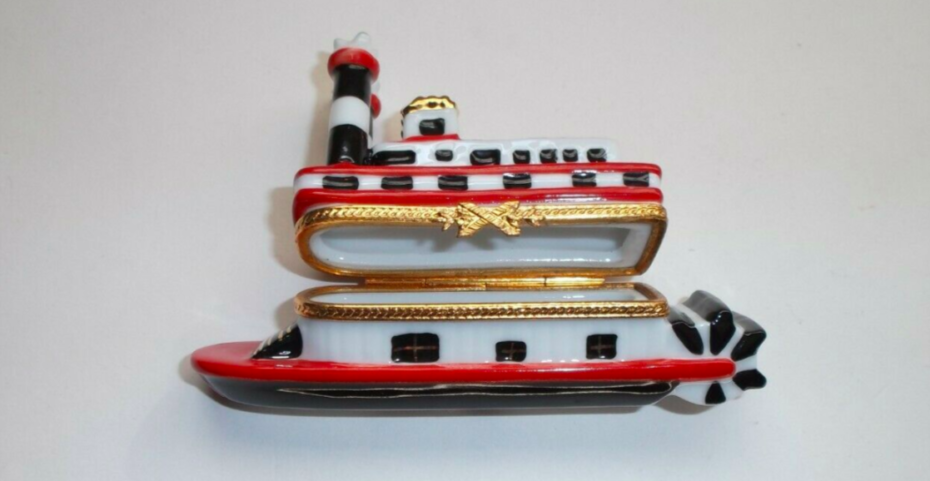
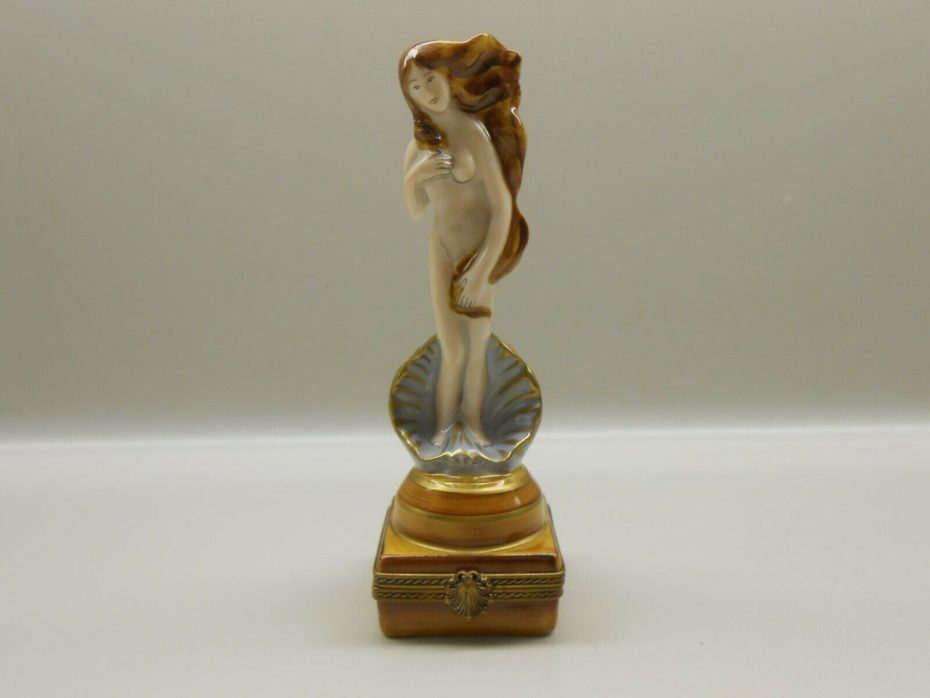
Learn more about visiting one of Limoges’ storied ateliers, Bernardaud, here and browse the models at The Cottage Shop, a Limoges porcelain dealers since 1985.
















